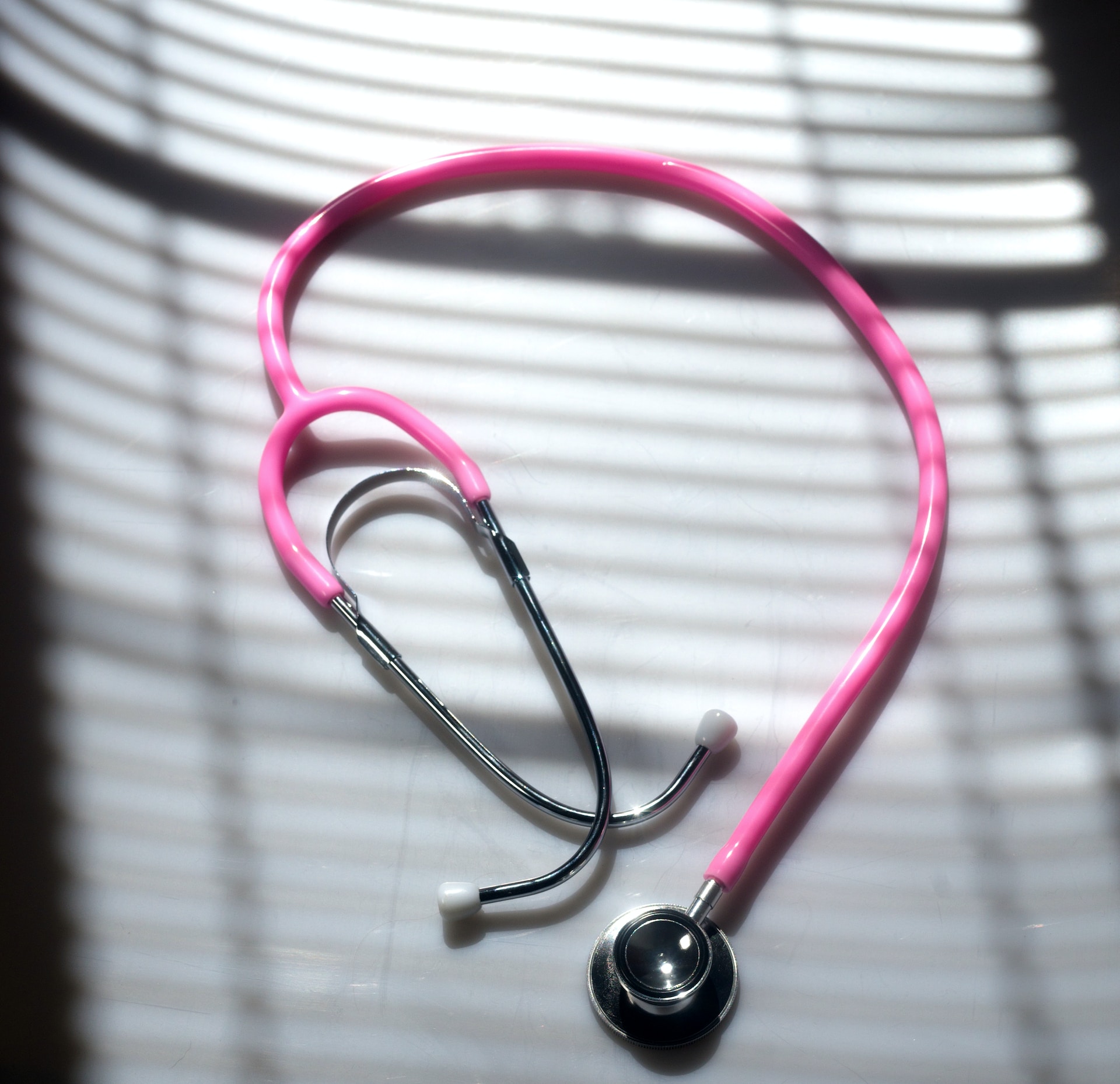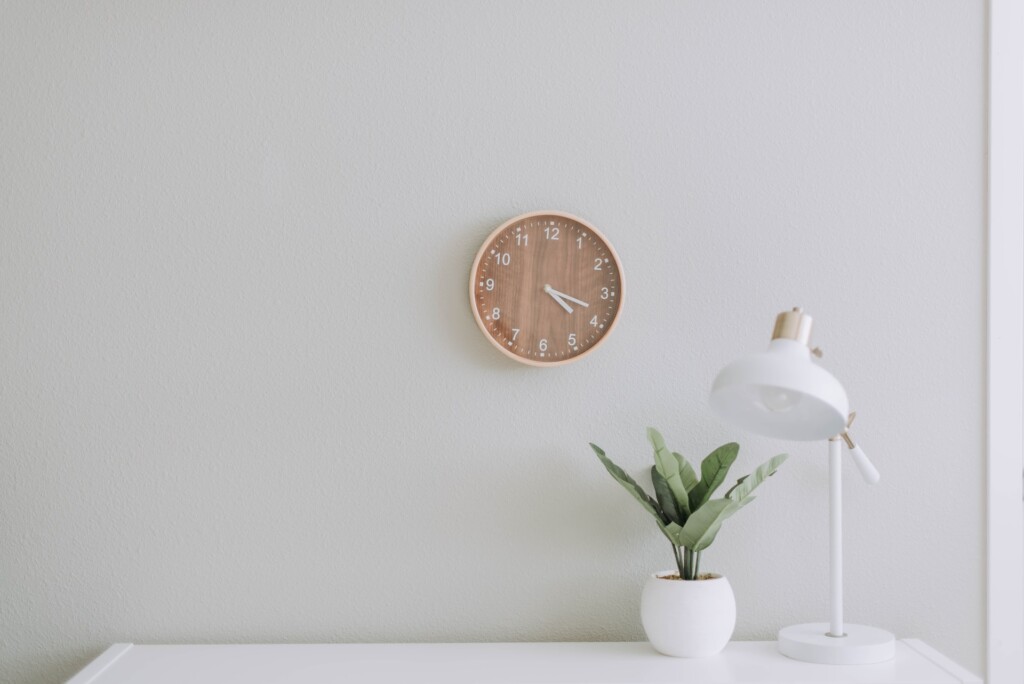
Art Enhances Medical Education: Malaysian Case Study
Art and creative expression have long been recognized for their therapeutic and healing benefits, but their value in medical education is only recently being appreciated. Medical schools around the world are recognizing the potential of art to enhance the learning experience and provide healthcare professionals with the tools they need to succeed in a rapidly changing healthcare landscape. In this article, we will explore the role of art and creative expression in medical education, using a case study of a medical university’s art program in Malaysia at www.widad.edu.my.
What is Art in Medical Education?
Art in medical education is a creative and innovative approach that aims to enhance the learning experience of future healthcare professionals. It includes a wide range of art forms, including visual arts, music, poetry, and storytelling, among others. Art in medical education provides a new and unique way of learning and teaches students to approach healthcare problems from different perspectives.
How does Art in Medical Education Work?
Art in medical education works by allowing students to explore different ways of learning and problem-solving. It encourages them to think outside the box and consider multiple perspectives when approaching complex healthcare problems. Art in medical education also provides an opportunity for students to develop their communication and interpersonal skills, which are essential for effective healthcare delivery.
The Advantages of Art in Medical Education
There are numerous advantages of incorporating art and creative expression in medical education, some of which are:
- Enhanced Observation Skills: Art in medical education helps students develop their observation skills by allowing them to study the human body in a more creative and interactive way. By observing and creating art, students gain a deeper understanding of the human body and the role it plays in healthcare.
- Improved Communication Skills: Art in medical education also helps students develop their communication skills, as it encourages them to express their ideas and thoughts in a more creative and innovative way.
- Greater Empathy and Understanding: Art in medical education allows students to develop greater empathy and understanding for their patients. By exploring different art forms, students can gain a deeper understanding of the emotional and psychological aspects of healthcare.

Case Study: A Malaysian Medical University’s Art Program
The Faculty of Medicine and Health Sciences at Universiti Putra Malaysia (UPM) has incorporated art and creative expression in its medical education curriculum. The art program at UPM includes workshops, art exhibitions, and other creative activities that aim to enhance the learning experience of medical students.
The art program at UPM has been successful in providing medical students with a unique and innovative way of learning. It has helped them develop their observation and communication skills, as well as their empathy and understanding for their patients. The program has also encouraged students to think outside the box and approach healthcare problems from different perspectives.
Conclusion
Art and creative expression have proven to be valuable tools in medical education, and their benefits are increasingly being recognized by medical schools around the world. Incorporating art in medical education can enhance student’s learning experience, develop their observation and communication skills, and foster greater empathy and understanding for their patients. The case study of Universiti Putra Malaysia’s art program is a testament to the success of art in medical education, and we hope that more medical schools in Malaysia will follow its example.


